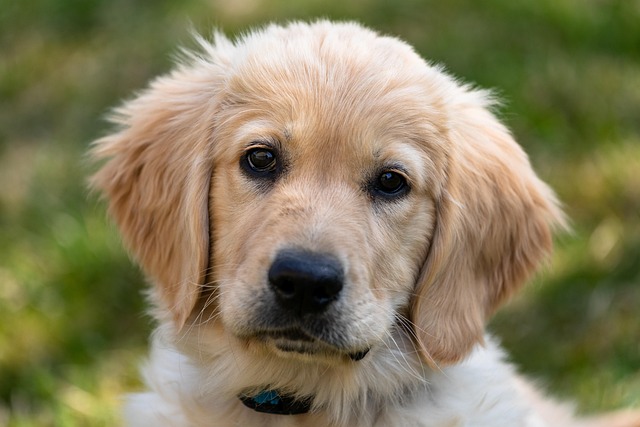
what are the nutritional requirements for a dog
Figuring out what to feed your dog can feel like navigating a maze, with endless brands and formulas all claiming to be the best. But at its core
If you’re a new dog parent in the US—maybe you’re vacuuming your California apartment floor, noticing clumps of your 7-month-old rescue Husky, Luna’s, fur mixed with white flakes, or you’ve run your hand over her back and winced at the dry, patchy spots where hair is thinning—you’ve probably panicked a little: Is she sick? What can I do to fix this? Flaking skin and hair loss in dogs are common, but they’re not “normal”—they’re signs your pup’s skin needs extra care. The good news is, most causes are easy to treat at home with simple, consistent steps. Let’s break this down.
First, let’s keep the science straightforward (no jargon!): A dog’s skin and fur rely on a thin layer of natural oils to stay healthy. When that layer gets disrupted—from over-bathing (washing away oils), dry apartment air (thanks to winter heaters), or even a diet missing omega-3s—skin dries out, flakes, and hair starts to fall out. Allergies (to things like pollen or laundry detergent) can also trigger this: your dog scratches the itchy skin so much, hair pulls out and flakes form. Take my friend Jake in Texas: His Beagle, Max, had flaky skin and bald spots until he switched from scented to unscented laundry detergent—Max’s fur grew back in 3 weeks. Small changes often make the biggest difference.
Here’s how to treat your dog’s flaking skin and hair loss, step by step: Start with grooming—cut baths to once every 3–4 weeks (over-washing makes issues worse!) and use a dog-specific moisturizing shampoo (look for oatmeal or aloe vera; human shampoo is too harsh). After bathing, pat your dog dry gently (don’t rub!) and apply a tiny bit of dog-safe coconut oil to flaky spots—warm it between your hands first so it spreads easily. For apartment living, run a humidifier near their bed—dry air is a top cause of flaking. Add omega-3s to their diet: mix a teaspoon of plain fish oil into their kibble (start small to avoid upset tummies). Brush them 2–3 times a week with a soft-bristle brush—this spreads natural oils and removes loose fur. Always give a freeze-dried chicken treat during brushing; positive reinforcement makes them look forward to it, and US animal welfare norms ban scolding if they wiggle (punishment will make them fear grooming).
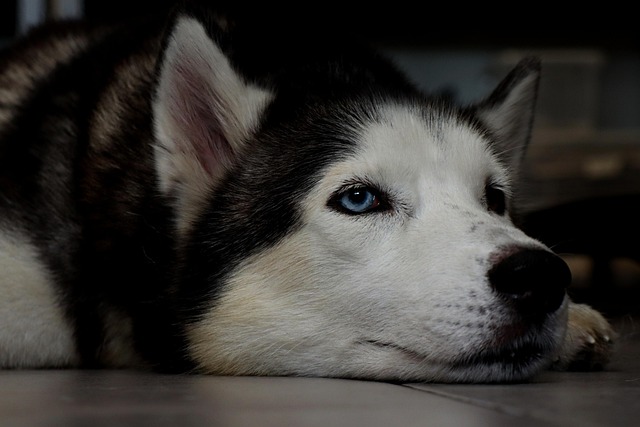
Now, let’s tie in rules and habits that matter. Every US state requires core vaccines (distemper, parvovirus)—regular vet visits (mandatory for shot updates) are key: if flaking and hair loss last more than 2 weeks, or you see redness/bleeding, your vet can check for allergies or parasites (like mites) home remedies won’t fix. Skipping vaccines could get you fined $150+ in Florida or New York. When you walk your dog, always clean up their poop—cities from Seattle to Boston fine up to $300 for leaving waste, and outdoor irritants (pollen, grass) can worsen skin issues, so wipe their paws with a damp cloth after walks. If you live in an apartment, avoid scented candles or air fresheners near their bed—chemicals irritate dry skin. And never let them scratch too much; ask your vet for a soft cone if they’re causing damage.
Treating flaking skin and hair loss is about gentle, consistent care—not quick fixes. With the right shampoo, humidity, and patience, you’ll watch your pup’s fur grow back soft and flake-free. Before you know it, Luna will be shedding less (and your vacuum will thank you)—and she’ll be back to snuggling on the couch, happy and healthy.

Figuring out what to feed your dog can feel like navigating a maze, with endless brands and formulas all claiming to be the best. But at its core
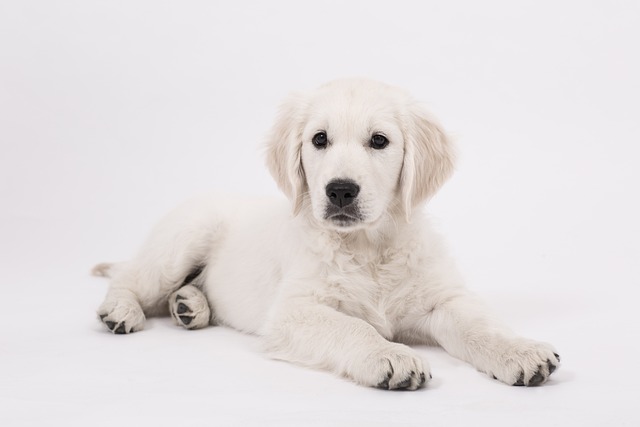
With all the talk about high-protein diets, it's easy to wonder if there can be too much of a good thing for your growing puppy.
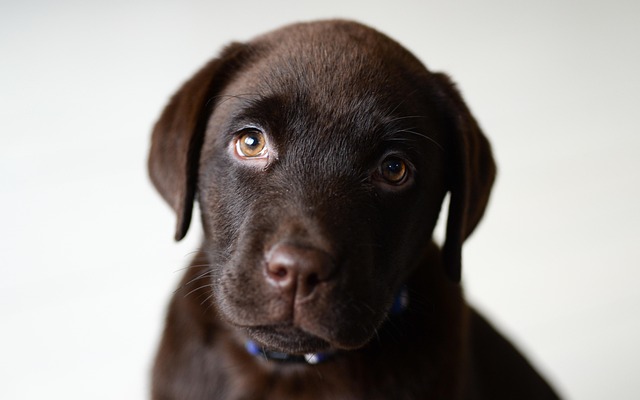
Nothing’s more disheartening than leaning in for a doggy cuddle and catching a strong, unpleasant smell from their skin.
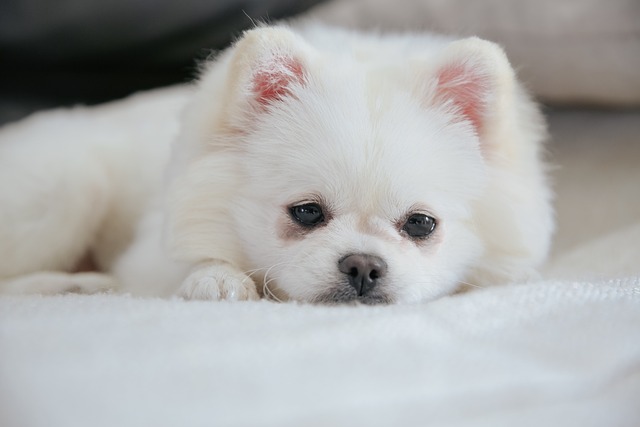
Bringing home a new puppy is an exciting time, and watching them explore their world often includes seeing them try to eat everything in sight!
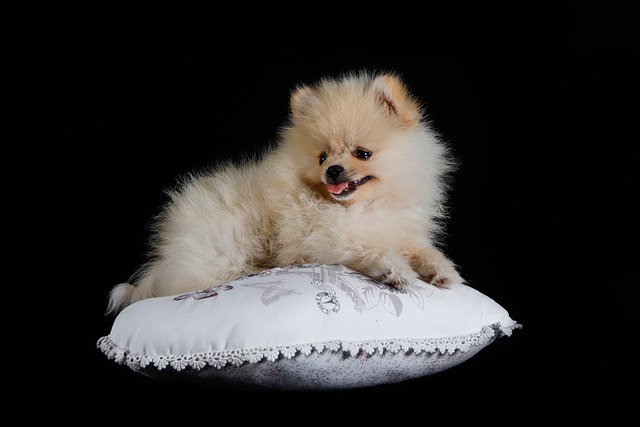
If you've noticed your dog's skin looking greasy, flaky, or just generally unhealthy, you might be wondering if it's simple dryness or something more.
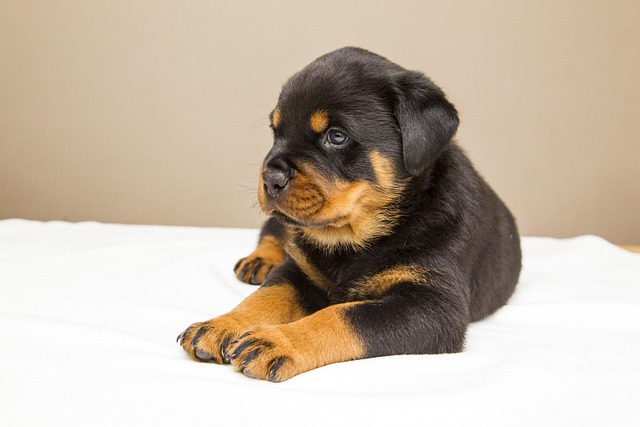
If you’re a new dog parent in the US—maybe you’re kneeling by your 8-month-old Shih Tzu, Lua’s, bed in your Chicago apartment, morning coffee in hand